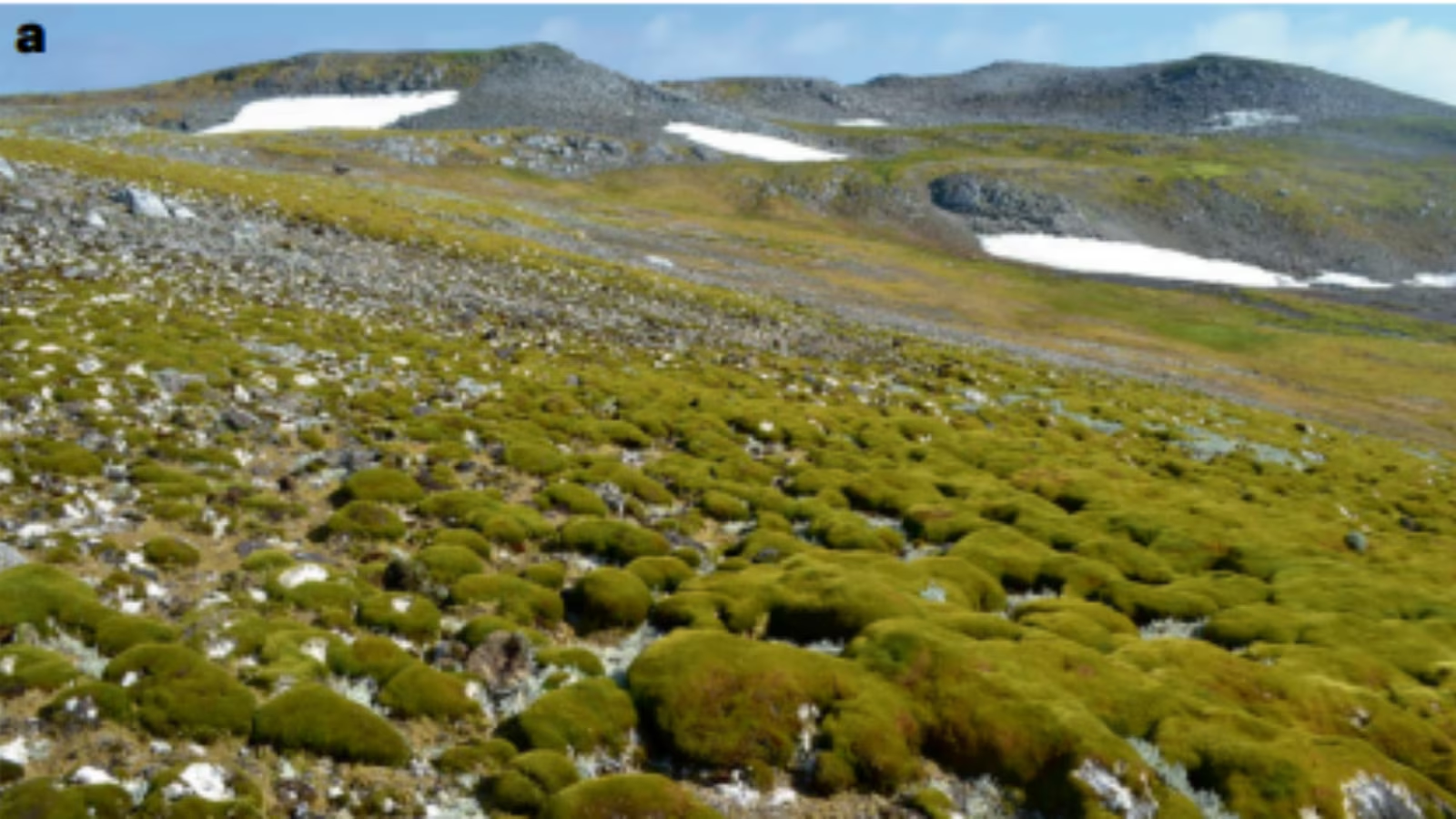Uttar Pradesh is actively pursuing an ambitious environmental agenda, demonstrating a significant increase in its forest cover over the past eight years, a shift the state government characterises as moving “from heat wave to green wave”. This transformation is spearheaded by extensive afforestation drives and strategic policies aimed at fostering an eco-friendly and sustainable urban landscape, aligning with global climate action goals.
On Wednesday, the state marked a monumental achievement by planting an astonishing 16 crore saplings within just five hours, from 7 AM to 12 noon, as part of the “Ek Ped Maa Ke Naam” (One Tree for Mother) campaign. This initiative forms part of a larger target to plant a record 37 crore saplings across Uttar Pradesh by the close of the day. Over the last eight years, the state has reportedly planted 204 crore saplings, with an impressive survival rate exceeding 75 per cent, a statistic corroborated by data from the Union Ministry of Environment and Climate Change and independent third-party assessments.
The state’s commitment to expanding its green cover is further evidenced by a dramatic increase in sapling availability. Eight years ago, the forest department reportedly struggled with a mere five crore saplings for planting. Today, through robust inter-departmental collaboration, including support from the Mahatma Gandhi National Rural Employment Guarantee Act (MGNREGA) and private nurseries, the state boasts a supply of 52 crore saplings, representing a tenfold increase in capacity. This logistical leap underscores a dedicated institutional effort towards environmental rejuvenation.
Highlighting the critical balance between progress and ecological preservation, the state’s leadership has drawn attention to the global repercussions of unplanned development. Referencing recent natural disasters, the administration emphasised the urgent need for a scientific and balanced approach to urbanisation and industrial growth. The narrative champions the philosophy that safeguarding the health of Mother Earth is paramount for securing humanity’s future, advocating for development that is both innovative and environmentally conscious.
Uttar Pradesh is also exploring avenues for economic benefits through its green initiatives. Farmers who registered trees planted five years ago are now reportedly receiving approximately USD 6 per tree annually for five years through carbon financing, in collaboration with international agencies. This innovative approach not only incentivises tree planting but also integrates rural communities into the global carbon market, fostering a sustainable livelihood model. The state aims to become a model in carbon credit trading, with initiatives to register village councils for carbon credits based on tree count, water source conservation, and organic farming.
Deeply rooted in India’s cultural and spiritual heritage, the tree plantation drives also resonate with traditional reverence for nature. Trees have long been associated with deities and form an integral part of ancient gardens like ‘Navgrah Vatika’ and ‘Sankari Vatika’. This cultural connection imbues the environmental mission with an emotional appeal, encouraging widespread public participation.
Furthermore, Ayodhya, the revered city, is being meticulously transformed into India’s inaugural solar city. This initiative pays homage to its historical lineage as the capital of the ‘Suryavansh’ (Solar Dynasty) and embodies a forward-looking vision for a sustainable urban future. The city’s development includes the integration of solar power across various sectors, from public transport to government buildings, and a planned 40 MW solar plant. The current plantation drive in Ayodhya also includes species from the Ramayana era, symbolically linking the city’s rich cultural past with its green future. This holistic approach signals a profound commitment to establishing cities that are not only economically vibrant but also ecologically sound and equitable for all residents.
Also Read: Gurugram Faces Urban Chaos as Heavy Rainfall Exposes Crumbling Civic Infrastructure




